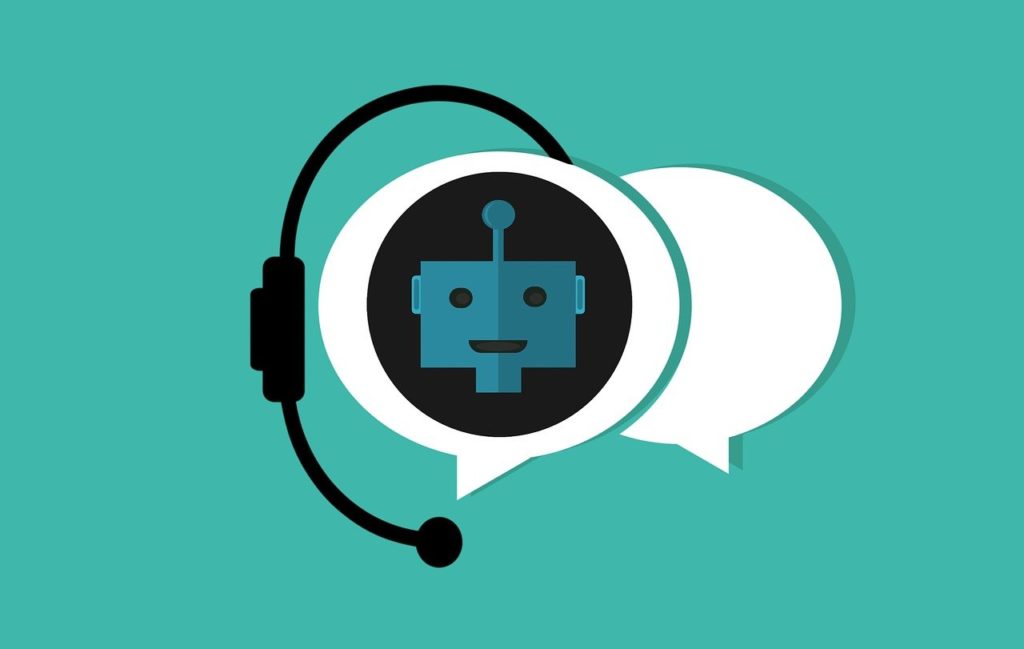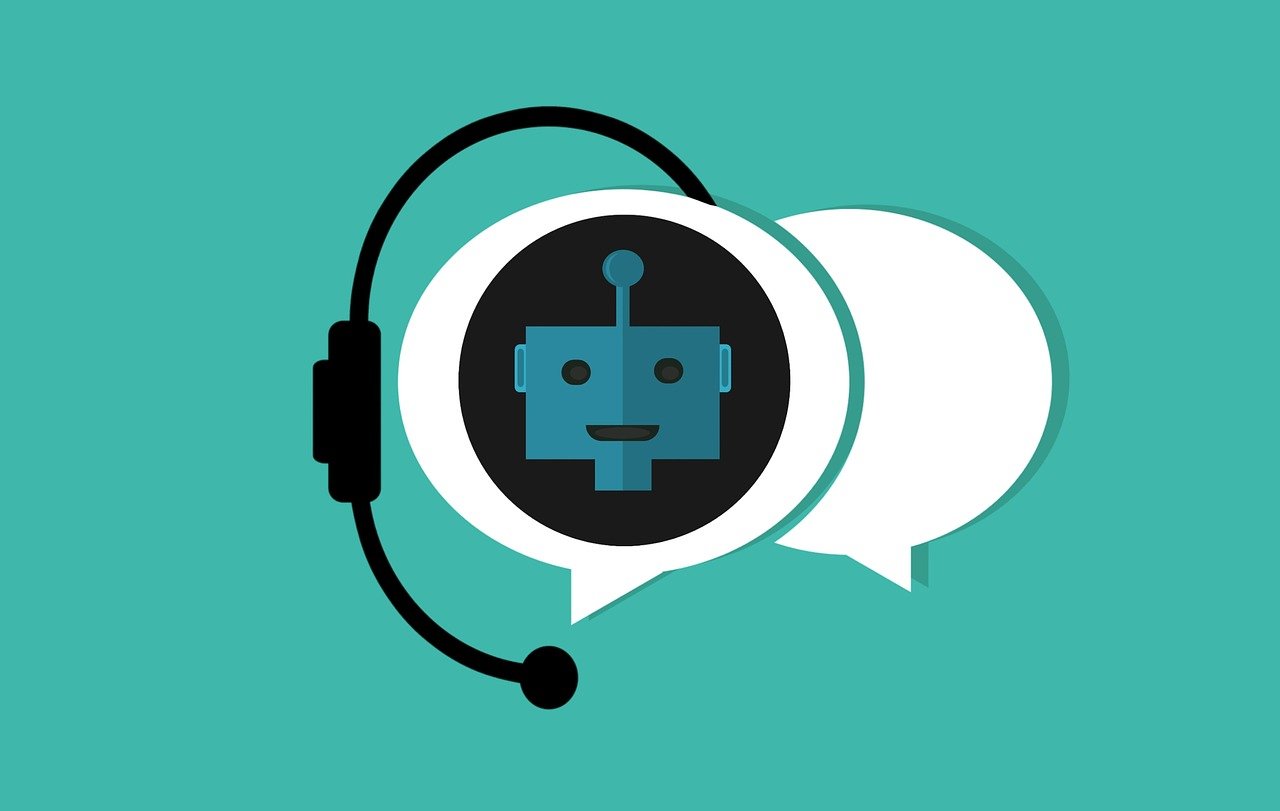The coronavirus pandemic has accelerated the development of digital technologies that allow for remote delivery of healthcare. Advances are being made in virtually every specialty, from neurology to cardiology. For patients, chatbots are one of the more visible new technologies.
This technology is increasingly being used to screen patients for COVID-19, triage medical issues from afar, as well as book appointments, refill prescriptions, and complete other tasks. As machine learning allows these bots to become smarter, the systems are becoming more adept at telling patients when they should seek care and when their symptoms are not serious.
Chatbots for screening and triage

Chatbots are already being used in multiple clinical settings. For example, Providence, a West Coast healthcare system, developed a chatbot called Grace that relies on Microsoft’s natural language processing technology. Grace uses patient-submitted data and algorithms to identify a variety of conditions. When the chatbot assessment believes medical attention is necessary, the provider gains access to the conversation to have a jumping-off point for delivering more focused care.
Similarly, Sutter Health has developed a comprehensive symptom-checker that asks patients a series of questions. This system was developed in collaboration with Sutter physicians. It runs a patient’s medical history, risk factors, and symptoms through a probabilistic reasoning engine to suggest an appropriate course of action. Shortly after the pandemic began, the system adopted questions related to COVID-19 symptoms and risk factors.
Sutter notes that use of its AI-based system tripled after the pandemic began. This figure shows the immense potential of chatbots for patient triage. Of course, these systems cannot diagnose a disease, but they provide patients with quality data they can use to make informed decisions about their health; they can also help providers make better diagnoses and treatment plans in the clinical setting. In the future, it’s unlikely that AI systems will replace physicians, but they can serve as helpful assistants, especially with transcription, information retrieval, and even diagnosis confirmation.
Chatbots assist with social distancing
Beyond helping patients and provider assess symptoms, chatbots can be employed clinically to maintain social distancing during the pandemic and reduce risk among individuals seeking healthcare. A prime example of this is Memorial Health System in central Illinois. Recently, the organization teamed with LifeLink to implement chatbots as a virtual waiting room for patients with appointments with a Memorial doctor. The LifeLink bot can confirm appointments and check patients in, screen patients for symptoms, help them complete intake forms, and inform them of wait times and schedule changes. The solution has been employed in both in-person and telehealth settings. The chatbot uses natural language-based messaging to facilitate the exchange of information.
The LifeLink bot was introduced via an app that can be used via a smartphone or other personal device. The chatbot streamlines many of the processes involved in healthcare delivery to minimize contact and reduce appointment times. One of the most valuable uses of the chatbot is screening for COVID-19 symptoms and assessing risk, as well as outlining current protocols in place because of the pandemic. On the day of a patient’s appointment, the app sends push notifications telling them when to enter the office and the exam room, so the entire experience is automated. Furthermore, the system integrates with the electronic medical record (EMR) systems to save responses and create an easy way for providers to review the information provided.
A new frontier for chatbots
One of the main issues with chatbots is that people may simply not feel comfortable providing details to a computer—even when the technology is HIPAA compliant—and may not trust the solutions it offers. To address these trust issues, developers are continually trying to make chatbots communicate more like humans and to evolve beyond simple question-and-answer interactions.
This is the goal of QliqSOFT, which has engineered a chatbot known as Quincy. Accessible via text messaging, Quincy offers a wide range of services in an engaging and collaborative manner. Quincy encourages patients to be proactive about sharing their healthcare data, which can cut costs and improve overall delivery of care.
Another company focusing on a more seamless, humanlike interface is UneeQ, which offers a Digital Human Creator Platform. This platform makes it possible for healthcare providers to create and deploy digital employees through an interface that integrates with Google, Amazon, Microsoft, IBM, and more. The UneeQ system can produce digital health assistants that work much like chatbots, yet are designed to provide empathetic, natural communication that helps patients feel heard and validated. While creating machine learning systems that can accurately process patient information is important, so is engineering a bot that communicates like a real human and facilitates the information-sharing process. Trust is important in every industry, but especially in healthcare, so any chatbot or other interface must be perceived by patients as reliable and legitimate.

